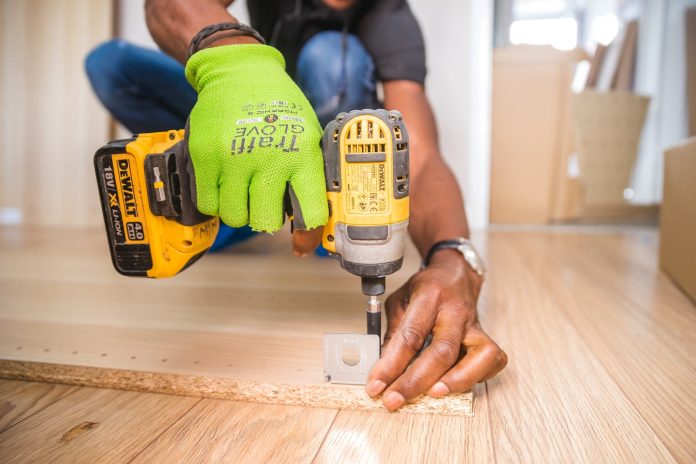Coming home after a flood can feel overwhelming and even worrisome. Floodwater can cause severe damage to the structure, foundation, and contents of your home. However, by taking immediate action and following a few essential steps, you can minimize the damage and get your home back to its pre-flood condition.
One of the first steps you should take after a flood is to document the damage. This documentation will be important when filing an insurance claim, so be sure to take photos and videos of the damage. You should also create a written inventory of all damaged items, including their value and purchase dates.
Once you have documented the damage, the cleanup and restoration process can begin. The first step is to remove any standing water and dry out the home. This can be done using pumps, dehumidifiers, and fans. Be sure to wear protective gear when handling floodwater, as it can contain harmful bacteria and pathogens.
After removing the water, it’s important to thoroughly disinfect all surfaces that came into contact with floodwater. This will help prevent mold growth and ensure the safety and health of anyone in the home.
Next, assess the damage to the structure and foundation of your home. Repair any damage as soon as possible to prevent further issues down the line. You may need to call in professional restoration services to ensure that the damage is repaired correctly.
Finally, take steps to prevent future floods. This could include installing flood barriers, sealing foundation cracks, and ensuring that gutters and downspouts are clear and working correctly.
In conclusion, taking care of your home after a flood can be a challenging and time-consuming process. However, by documenting the damage for insurance purposes, drying out the home, disinfecting surfaces, repairing damage, and preventing future floods, you can minimize the damage and get your home back to its pre-flood condition as soon as possible.
To learn more, check out the checklist below.



